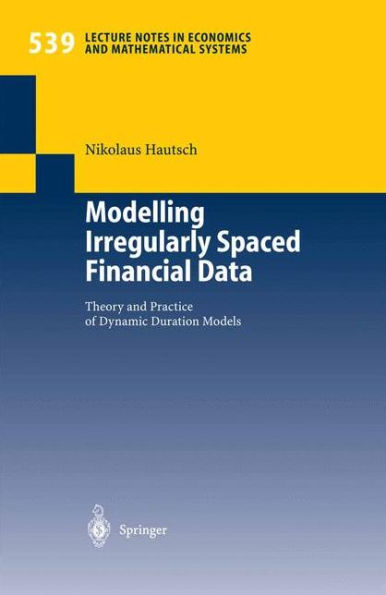5
1

Modelling Irregularly Spaced Financial Data: Theory and Practice of Dynamic Duration Models
292
Modelling Irregularly Spaced Financial Data: Theory and Practice of Dynamic Duration Models
292Paperback(Softcover reprint of the original 1st ed. 2004)
$109.99
109.99
In Stock

Product Details
| ISBN-13: | 9783540211341 |
|---|---|
| Publisher: | Springer Berlin Heidelberg |
| Publication date: | 06/24/2004 |
| Series: | Lecture Notes in Economics and Mathematical Systems , #539 |
| Edition description: | Softcover reprint of the original 1st ed. 2004 |
| Pages: | 292 |
| Product dimensions: | 6.10(w) x 9.25(h) x 0.36(d) |
From the B&N Reads Blog
